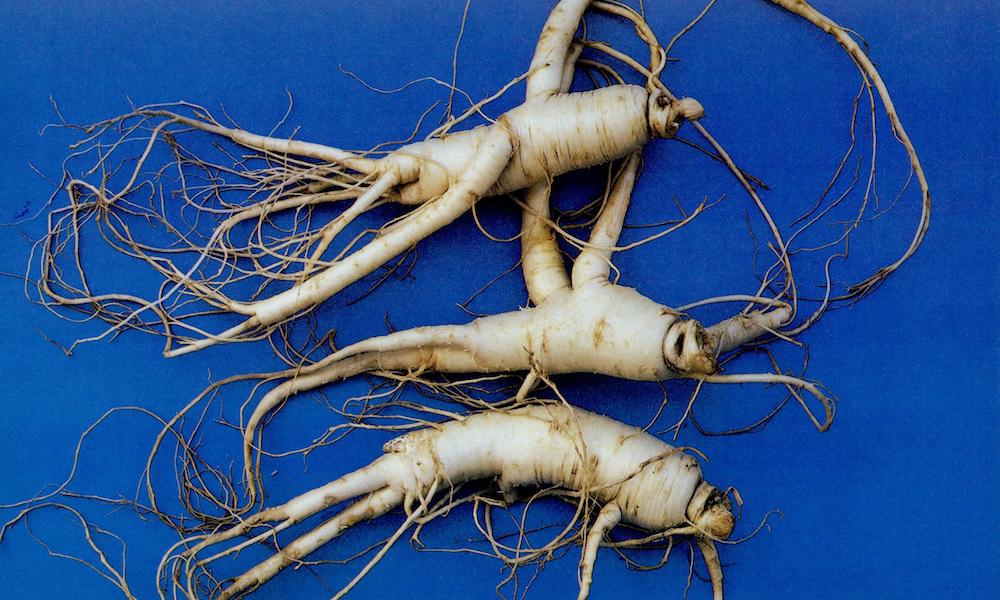For this week’s edition of Flashback Friday, we’re bringing you a valuable primer on the effects of ginseng by none other than Dr. Andrew Weil, originally printed in the October, 1980 edition of High Times magazine.
The root of life. It was said to restore sexual potency and cure syphilis. It could bring the still-warm corpse back to life. Always expensive and difficult to obtain, its rarity fed the myths of its supernatural powers and the myths fed the demand. In turn-of-the-century China, the market value of ginseng topped the price of gold.
Although it has not kept pace with the price of gold, ginseng is still one of the world’s more costly botanicals, and trade in it has become very big business in North America, the Soviet Union and the Far East. One estimate places the number of regular users in the United States alone at more than five million, many of them drawn by claims that it is a supertonic, promoting health and longevity, not to mention sexual vigor. But misinformation and outright deception have characterized the ginseng market, with some plants sold under the name that have no relation to the real thing.
True ginseng is the root of two species of Panax in the ginseng family (Araliaceoe): Oriental ginseng, or Panax ginseng, grows in the mountainous forests of East Asia; American ginseng, or Panax quinquefolium, is native to North America, growing from Quebec and Ontario as far south as Georgia. A few minor species of Panax are also sources of supply; for example, a valuable root called Tienchi ginseng in China comes from a variety of Panax japonicum.
Ginseng is a slow-growing plant, taking up to five years to produce a mature root. The slow rate of growth combined with drastic overharvesting almost caused …
Read More
Author: High Times / High Times









